Regardless of the growing conditions and ongoing care procedures, cucumbers sometimes tolerate various diseases. More than half the cases of all pathologies are peronosporosis. It was first encountered in the USA in the 18th century, and later it spread throughout the world. For a long time, no means of control were identified, but modern technologies have reduced the incidence and contributed to its prevention.
Content
Disease Description
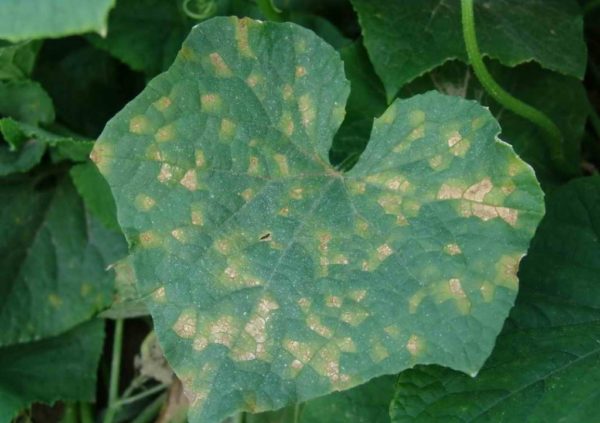
Peronosporosis or downy mildew on cucumbers is a disease that affects foliage, stems and ultimately fruits. The disease that affects the bush spreads very quickly to others, this is one of the main dangers.
The infection persists even on fallen leaves in the soil and can hit new cucumbers after five years, if timely disinfection has not been made. Disease control measures should be tough and timely enough to prevent the development and damage of other bushes.
Most often, cucumbers suffer from late blight in early June, but during this period the development of the disease is not so noticeable. The peak falls in July, when the first crop appears. However, development often reaches such a level that it is no longer possible to save a vegetable. The appearance of downy mildew on cucumbers provokes fungi of various types:
- oomycete pseudo-fungi;
- other fungi from the peronospore family.
The provocateurs of peronosporosis of cucumbers are able to survive low temperatures, which increases the incidence for the next year.
Causes
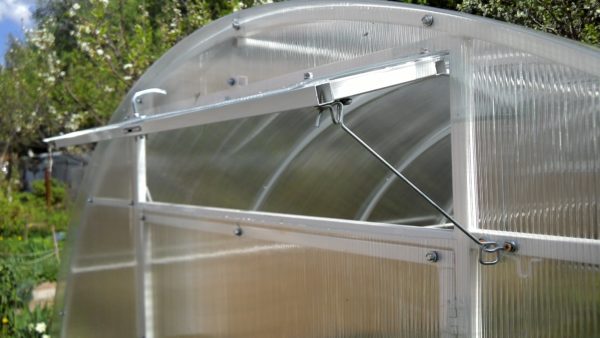
Among cucumbers, peronosporosis spreads mainly due to external factors:
- Significant temperature jumps. If the difference between night and day is more than 12 degrees, condensate forms in the soil - a favorable place for the spread of bacteria and viruses.
- Daily cold dew in the morning and excessive watering. Excess moisture is a great place for the development of viruses, it is important to monitor this.
- The proximity in the location of different cultures among themselves. It is pointless to treat peronosporosis if neighboring plants have already caught the virus. Different varieties and types of crops are recommended to be located at a distance of at least 30 cm.
- Constant watering with cold water. Cucumbers are thermophilic plants. Cold water for irrigation can be used once a week. It stimulates the immunity of the cucumber, but is a favorable environment for the survival of the fungus.
- Poor ventilation of a greenhouse or other place of growing cucumbers.
- Defeat aphids and other parasites. Many insects and parasites are viruses and bacteria. Treatment for peronosporosis is likely to be ineffective if you do not get rid of the original problem.
- Weather. In rainy, cold and cloudy summers, the risk of suffering fruit from downy mildew increases.
The occurrence of one or several reasons for the development of peronosporosis requires the organization of preventive measures to protect the remaining crop and cure the diseased.
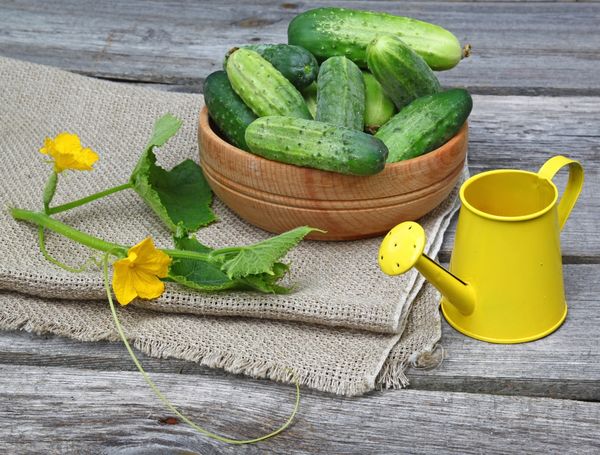 You may be interested in:
You may be interested in:Signs
Peronosporosis develops for a long time. The incubation period for cucumbers in the greenhouse lasts up to two weeks.During this period, the disease is already developing, but there are no external signs, so the treatment methods are not yet used. If you do not use preparations from downy mildew in a timely manner, the disease can reach a peak and destroy the entire landing:
- Yellow-green spots appear on the leaves and stem, differing in color from the main mass of planting.
- A black or gray coating appeared under the sheet.
- If you look at the gray coating through a magnifying glass, you will notice small black spots with ripening pores.
- One or more leaves on the bush lose their shape, deform and dry out.
- The spots on the stems increase at high speed.
- Leaves fall.
- The flowers turn from yellow to brown, then black, and then fall off.
- The fruits grow tasteless.
Therefore, if the cucumbers acquired a strange taste or even lost it, the color of the flesh changed (turned pale), this indicates the presence of various diseases in the vegetative or root system of the bush.
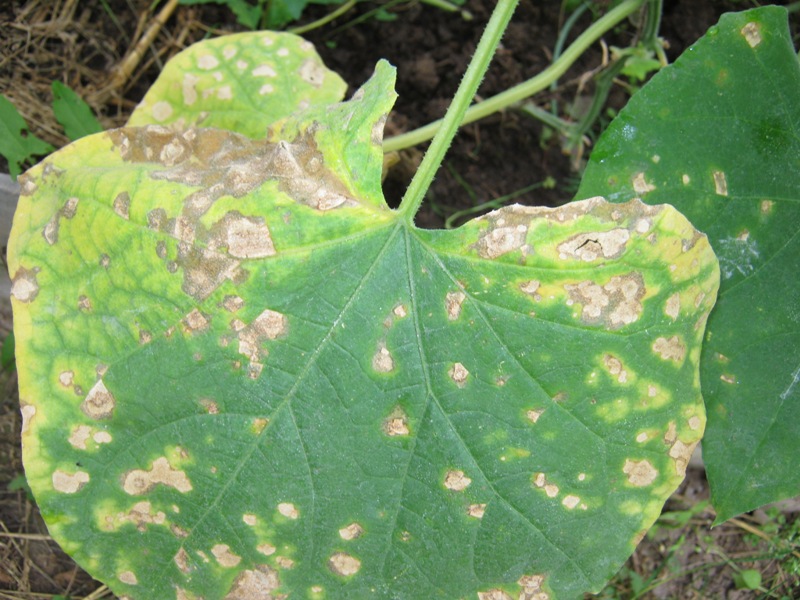 You may be interested in:
You may be interested in:Disease treatment
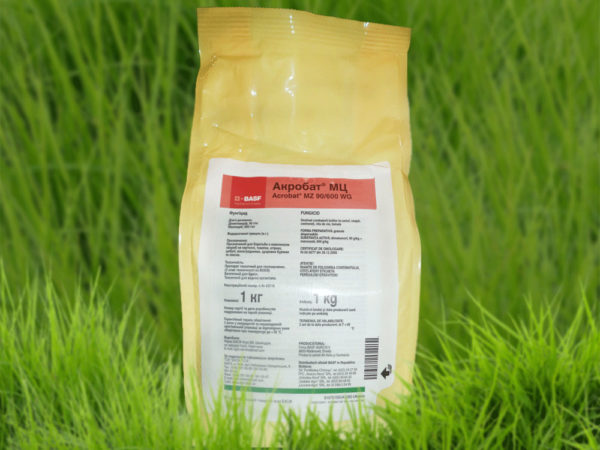
There is no method that would promise a cure for peronosporosis with a 100% guarantee, but do not immediately throw the plant. In peronosporosis of cucumbers, the treatment is difficult, but feasible.
Regardless of which type is chosen - treatment with folk remedies or with the help of special drugs, the first step is the destruction of damaged leaves. Since the disease has an incubation period, it does not appear immediately. When the disease has already appeared on some leaves, but not on others, this does not mean that these areas have remained intact. Perhaps in a few days the disease will appear on other parts of the plant. Therefore, it is important to inspect the plant every day for new damage.
After getting rid of the damage, the whole plant is completely treated with fungicides:- This is a chemical or biological substance that inhibits the development and appearance of the fungus on the entire vegetative and root system of the plant.
- Biological fungicides include those that decompose under the influence of living organisms and water.
- Chemical species include compounds with a high content of copper, sulfur, mercury, iron, manganese, and potassium.
The advantages of organic compounds - they do not affect the environment, are safe for people and animals, easy to prepare and use. The lack of organic fungicides is the short duration of action. Natural fungicides remain in the soil for up to two weeks, this is very small, given that the incubation period of the disease lasts exactly the same.
Improper use is dangerous to human health, therefore, to ensure proper use, it is recommended that you carefully read the instructions and watch video and photo lessons.
The most effective chemical fungicides:
- Planriz;
- Acrobat MC;
- Efal;
- Ridomil Gold;
- Gates;
- Glyocladin;
- Quadris.
Chemicals are effective at all stages of the disease, but do not guarantee the complete recovery of the plant.
Biological products
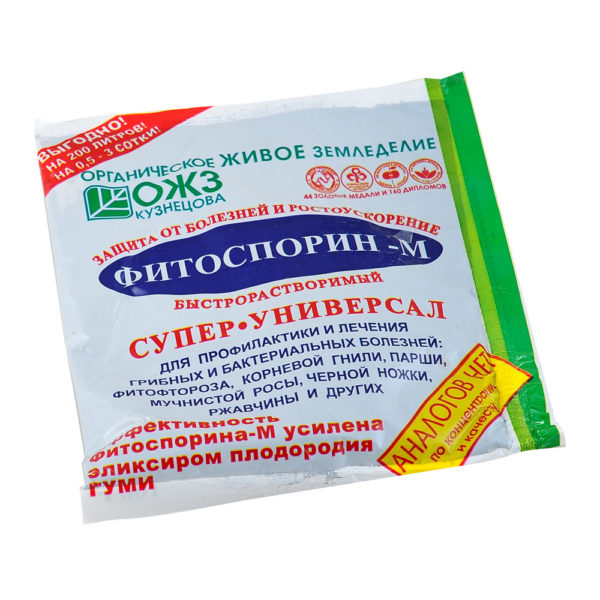
Biological preparations are special substances used to combat peronosporosis produced using living organisms. They are used during two main stages of plant development: presowing seed soaking and spraying of plants during the growing season.In the period of presowing soaking the most effective:
- Fitosporin-M;
- Alirin-B;
- Gamair.
Application Procedure:
- Fitosporin-M: one and a half liters of water and 10 grams of the product apply to the seeds and leave in the shade for several hours.
- Alirin-B and Gamair: in 10 liters of water, dilute 50 grams of the product. Spray the seeds with the composition and leave for two hours in the shade.
For spraying plants during the growing season:
- Vitaplan. Once every three weeks, apply to the entire plant. 30 grams of the product per 10 liters of water.
- Fitosporin-M and Gamair. Apply to the entire plant once a month using a spray gun. Consumption - 20 grams per 10 liters of water.
The proper use of biological drugs sometimes leads to a complete elimination of the disease, but more often it destroys only part of the symptoms. Therefore, re-use of funds is necessary.
Folk remedies
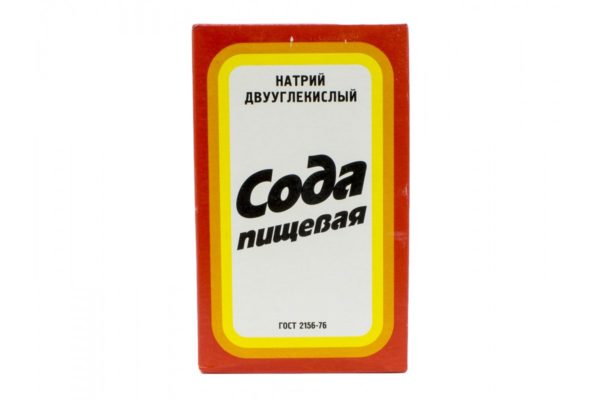
The use of folk remedies is suitable only in situations when the disease is not yet running, but is in its infancy. They do not harm the environment and therefore are easily perceived by humans and animals.
Popular folk remedies:
- Soda. For treatment, make a soda solution. In 2.5 liters of water, dilute 20 grams of soda and 7 ml of liquid soap. Mix everything thoroughly until a homogeneous mass is obtained. Spray the tops of plants with a break of one week. Soda disinfects cucumbers and normalizes their condition.
- Milk. Pour a few liters of milk into a large bucket of water, leave in the sun for several hours. Pour the resulting mixture under the root. Reuse is allowed once every two weeks. The advantage of whey as a means of combating peronosporosis is not only an effective method of dealing with existing ones, it is also a good substance for prevention.
- Onion peel. This safe remedy is especially effective in the initial stages of the disease. In 10 liters of water, dilute a pound of onion peels. It is better if it is husk from a red sweet onion, but an ordinary onion will do. The resulting broth to insist a few days. Once a week from the spray gun, apply the product on the entire surface of the cucumber plant.
Prevention
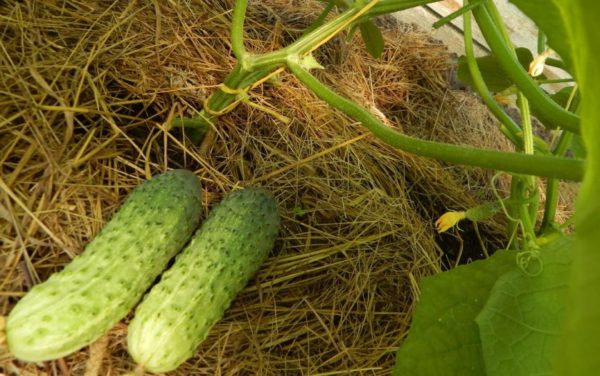
Prevention of peronosporosis is easier to carry out than its treatment. It is recommended to choose for planting varieties that already have immunity to viral diseases. Immediately after germination of the cucumber, treat the crops with special means - fungicides. The product leaves an invisible coating on the foliage and stems, preventing the development of the fungus.
You can use a silk - inducer that regulates plant growth. Then the probability of defeat is reduced.
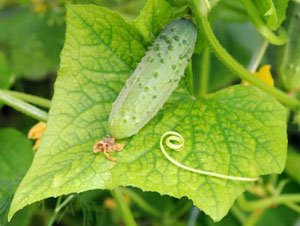 You may be interested in:
You may be interested in:Among cucumbers there are also such varieties that easily cope with peronosporosis, thanks to the inherent genetic immunity. Most often, he appears in the course of selection. These are the varieties:
- Goosebumps. Genetically strong plant, not susceptible to peronosporosis, black rot and root rot.
- Darling.
- Octopus. Hybrid suitable for open soil and easily adaptable to peronosporosis.
However, it is important to note that not a single variety is 100% able to resist the disease. The best that a gardener can do is to provide timely prevention and care in case of a lesion.

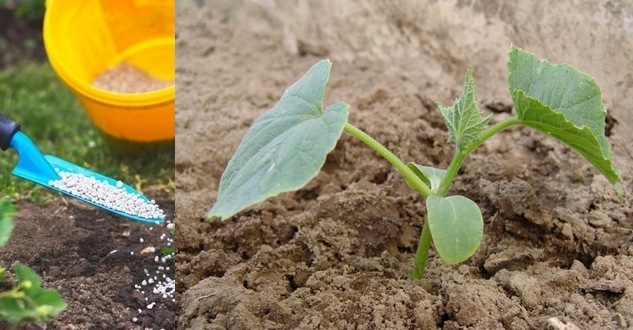
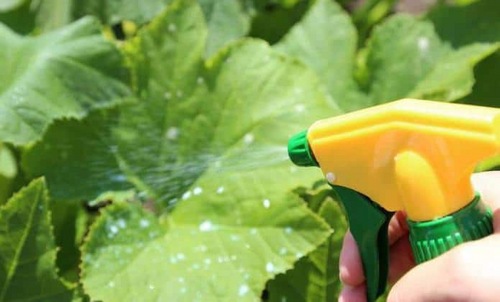
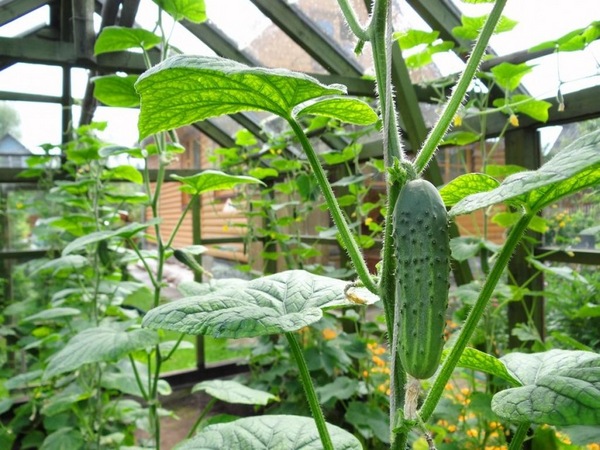
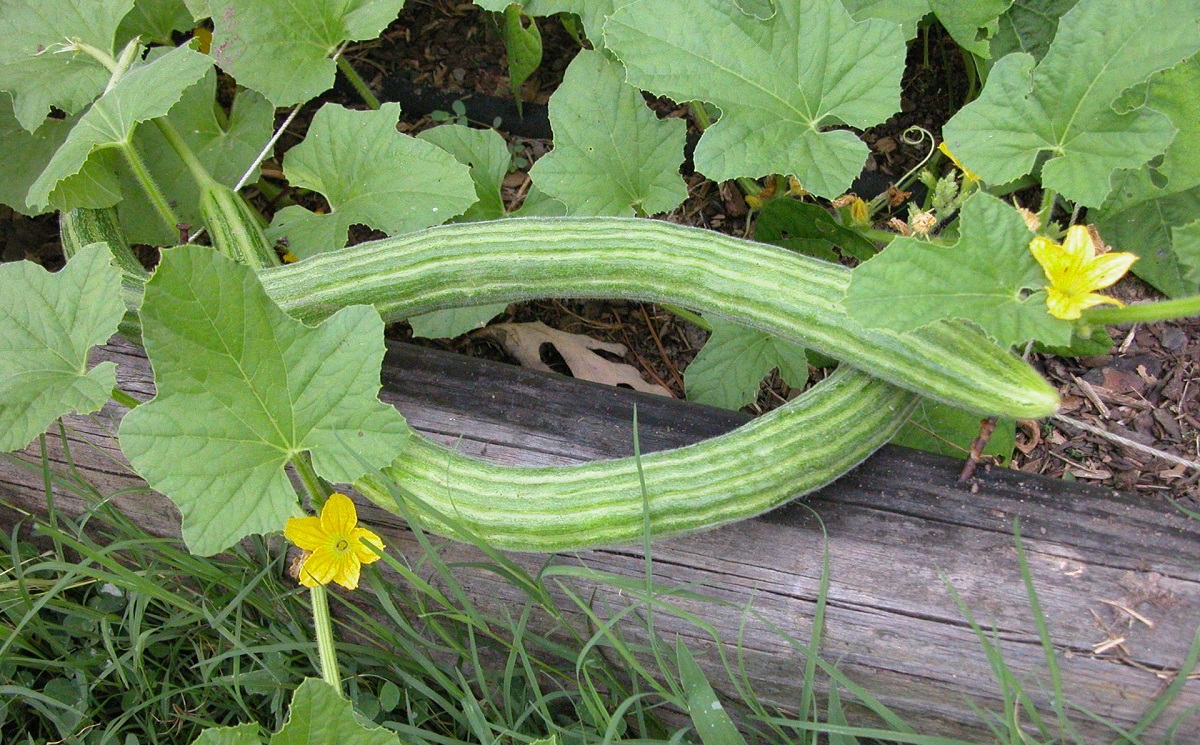 Armenian cucumber with melon flavor: description and characteristics, reviews
Armenian cucumber with melon flavor: description and characteristics, reviews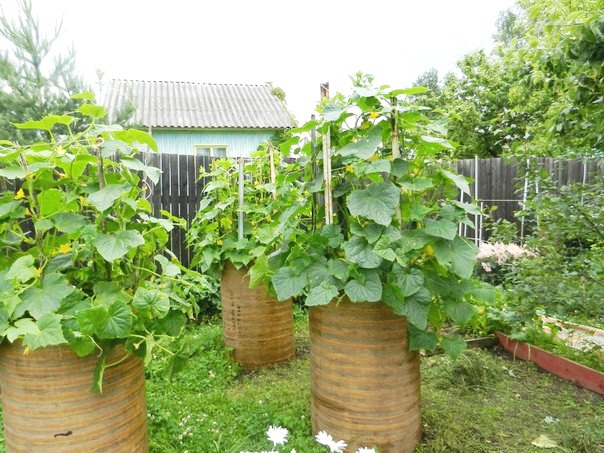 Do-it-yourself vertical beds for cucumbers: schemes, photos
Do-it-yourself vertical beds for cucumbers: schemes, photos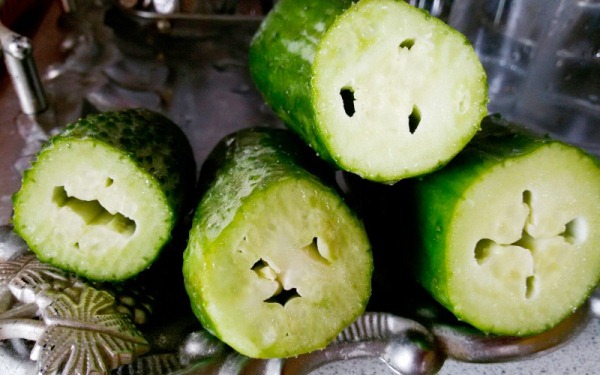 Hollow cucumbers: reasons for the appearance of hollow, what to do
Hollow cucumbers: reasons for the appearance of hollow, what to do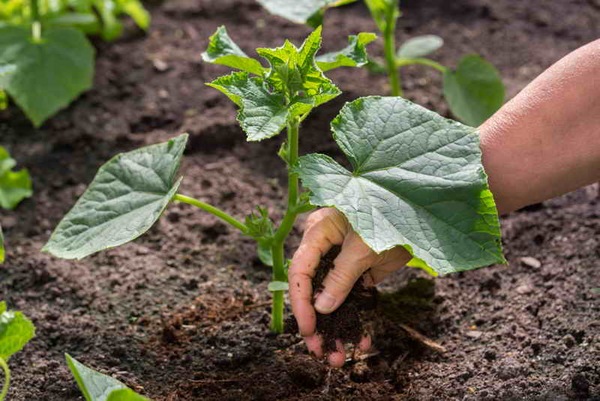 Which manure is best for cucumbers: application, how to breed
Which manure is best for cucumbers: application, how to breed